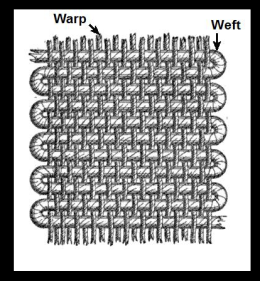In a book chapter on the role of play in creativity, Sarah Lewis shares an anecdote about the public policy of a mayor in Colombia. He wanted to solve the problem of dishonest cops, so he hired mimes:

(source)
…to replace the “notoriously bribable” police. With faces painted white or blue, some dressed in bowties, black pencil on their eyes and eyebrows to exaggerate expression, the mimes would stand at the intersections and on streets mocking bad behavior and praising good behavior from pedestrians and drivers.
Mockus’s theory was that play could help, since people are often more afraid of ridicule than being fined (p. 156).
This mime anecdote may work as a transition between focusing on the scholarship of fear and that of failure.









